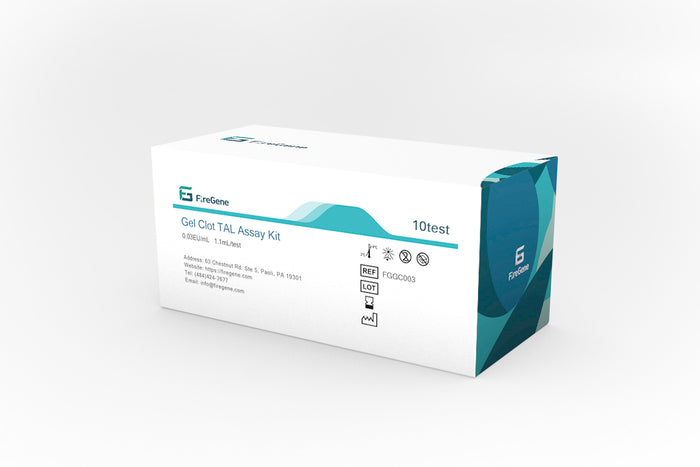LAL Assays and Gel Clot Assays for Endotoxin Detection

# LAL Assays and Gel Clot Assays for Endotoxin Detection
## Introduction to Endotoxin Detection
Endotoxins, also known as lipopolysaccharides (LPS), are components of the outer membrane of Gram-negative bacteria. These molecules can cause severe immune responses in humans, making their detection crucial in pharmaceutical manufacturing and medical device production.
## Understanding LAL Assays
The Limulus Amebocyte Lysate (LAL) test has become the gold standard for endotoxin detection since its discovery in the 1960s. This sensitive biological assay utilizes blood cells (amebocytes) from horseshoe crabs to detect even trace amounts of endotoxins.
### How LAL Assays Work
When endotoxins come into contact with LAL reagent, a series of enzymatic reactions occur:
– Activation of Factor C by endotoxin
– Subsequent activation of Factor B
– Conversion of proclotting enzyme to clotting enzyme
– Formation of a gel clot through cleavage of coagulogen
## Gel Clot Assay: A Specific Type of LAL Test
Among various LAL methodologies, the gel clot assay represents the simplest and most direct approach to endotoxin detection.
### Principle of Gel Clot Assays
The gel clot method relies on the visual observation of clot formation:
– Sample is mixed with LAL reagent
– Incubation at 37°C for a specified time
– Inversion of the tube to check for gel formation
– Presence of gel indicates endotoxin contamination
## Advantages of Gel Clot Assays
This traditional method offers several benefits:
– Simple to perform with minimal equipment
– Cost-effective compared to other LAL methods
– Provides qualitative or semi-quantitative results
– Highly specific for endotoxin detection
– No interference from most sample matrices
## Applications in Pharmaceutical Industry
Gel clot assays find extensive use in:
– Quality control of parenteral drugs
– Medical device testing
– Water for injection (WFI) monitoring
– Raw material screening
– Process validation
## Comparison with Other LAL Methods
While gel clot assays are valuable, other LAL techniques offer different advantages:
Method | Sensitivity | Quantification | Automation
Gel Clot | 0.03-0.25 EU/mL | Semi-quantitative | No
Chromogenic | 0.005-0.1 EU/mL | Quantitative | Yes
Turbidimetric | 0.001-0.1 EU/mL | Quantitative | Yes
## Regulatory Considerations
Both FDA and pharmacopeias (USP, EP, JP) recognize LAL assays as valid methods for endotoxin testing. The gel clot method remains particularly useful for:
– Compendial testing requirements
– Routine quality control
– Validation of other endotoxin detection methods
Keyword: LAL Assays Gel Clot Assays
## Future Perspectives
While gel clot assays continue to be important, the field is evolving with:
– Development of recombinant Factor C assays
– Increased automation in endotoxin testing
– Improved sensitivity for novel therapeutics
– Alternative methods to reduce horseshoe crab harvesting
The gel clot LAL assay remains a fundamental tool for endotoxin detection, offering simplicity, reliability, and regulatory acceptance. As pharmaceutical manufacturing advances, this classic method continues to play a vital role in ensuring product safety while adapting to new challenges in biopharmaceutical quality control.


